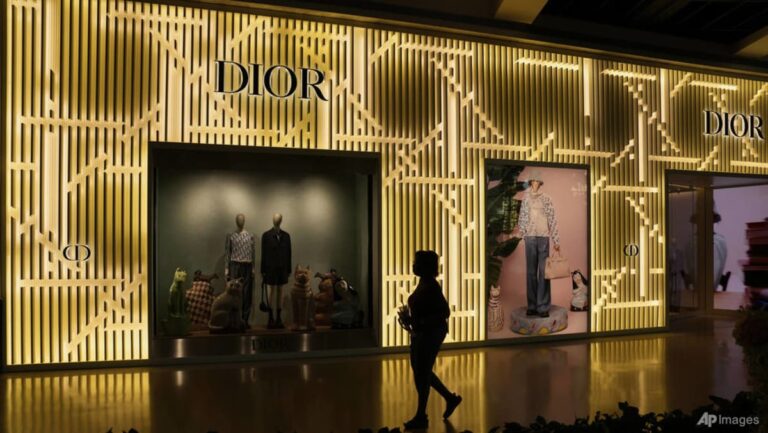Demanding Transparency and Trust in ‘Made in Italy’ Products

The label “Made in Italy” is facing increased scrutiny due to ongoing tariffs affecting various industries and, more critically, issues of illegal labor practices. Companies are struggling to monitor their entire supply chains, including both direct suppliers and their sub-suppliers.
Recent incidents, such as those involving the renowned Loro Piana brand, underscore a vital point for FashionUnited: transparency and effective communication are paramount. Firms must clearly articulate what “Made in Italy” means and ensure that its standards are upheld throughout production.
The Need for Clear Definitions in “Made in Italy”
Merely claiming a product is “Made in Italy” is no longer enough to attract consumers. This is especially true in light of findings about exploitable labor and unsafe conditions—even among prestigious brands. Investigations reveal that a designer handbag or luxury garment may cost the consumer thousands, yet suppliers may receive only a fraction, which frustrates and alienates potential buyers.
Recently, Giusy Bettoni, CEO of CLASS, a Milan-based eco-hub, emphasized to FashionUnited that vague claims of being “Made in Italy” without precise explanations are unhelpful. Such claims do not benefit the fashion industry or its supply chains.
Moreover, Renzo Rosso, founder of OTB—home to brands like Diesel and Maison Margiela—has also called for brands to clarify what “Made in Italy” encompasses. He stated, “We have unique qualities and good taste; we must assert ourselves for who we are.” Rosso pointed out that Italy produces approximately 80% of the world’s luxury goods, highlighting the global demand for Italian craftsmanship.
Government Initiatives and Brand Accountability
Adolfo Urso, Italy’s Minister of Enterprise and Made in Italy, is advocating for a certification system to combat labor exploitation. His remarks followed the judicial administration of Loro Piana over alleged worker rights violations.
Urso mentioned during a fashion roundtable that illegal practices in the fashion supply chain have marred the reputation of “Made in Italy.” He stressed the government’s commitment to developing legislation that would ensure the legality and sustainability of companies in the sector.
This proposed framework aims to certify supply chains linked to brand owners, setting specific guidelines to prevent them from facing consequences for illegal activities performed by their suppliers.
Defining “Made in Italy” and Its Implications
Yet, fundamental questions persist: what truly characterizes “Made in Italy”? Can certification indeed solve these complex issues? Historical experiences with certifications, such as those targeting gender equality, suggest that while they offer value, they often fall short of initiating significant changes.
This complexity is deeply cultural and multifaceted. It may even be more beneficial to focus on the brand’s credibility rather than solely its geographic label. Patrizio Bertelli, Prada’s owner, has long advocated for “Made in Prada” to destigmatize offshoring practices.
Similarly, Adriano Goldschmied, known as the “godfather of denim,” argues that a product’s origin is less relevant than its quality. He noted that consumers care more about a brand’s reliability than the label on the product, emphasizing that quality should lead the narrative—regardless of where a product is made.
The Path Forward for the Industry
This perspective is more relevant now than ever. The fashion industry needs to regain consumer confidence by sharing authentic, compelling stories that reflect its commitment to quality and responsibility.
This article was translated to English using an AI tool.
FashionUnited utilizes AI language tools to expedite the translation of articles and ensures a human editor reviews them for quality. This enhances the overall efficiency of our human journalists, allowing them to focus on research and writing original content. If you have questions regarding this process, feel free to email us.
What are your thoughts on how brands should adapt their practices to align with consumer expectations for labor transparency?
![Jonathan Saunders Introduces Fresh Branding for [& Other Stories]](https://alist.studio/wp-content/uploads/2025/09/Jonathan-Saunders-Introduces-Fresh-Branding-for-Other-Stories-768x512.jpeg)



